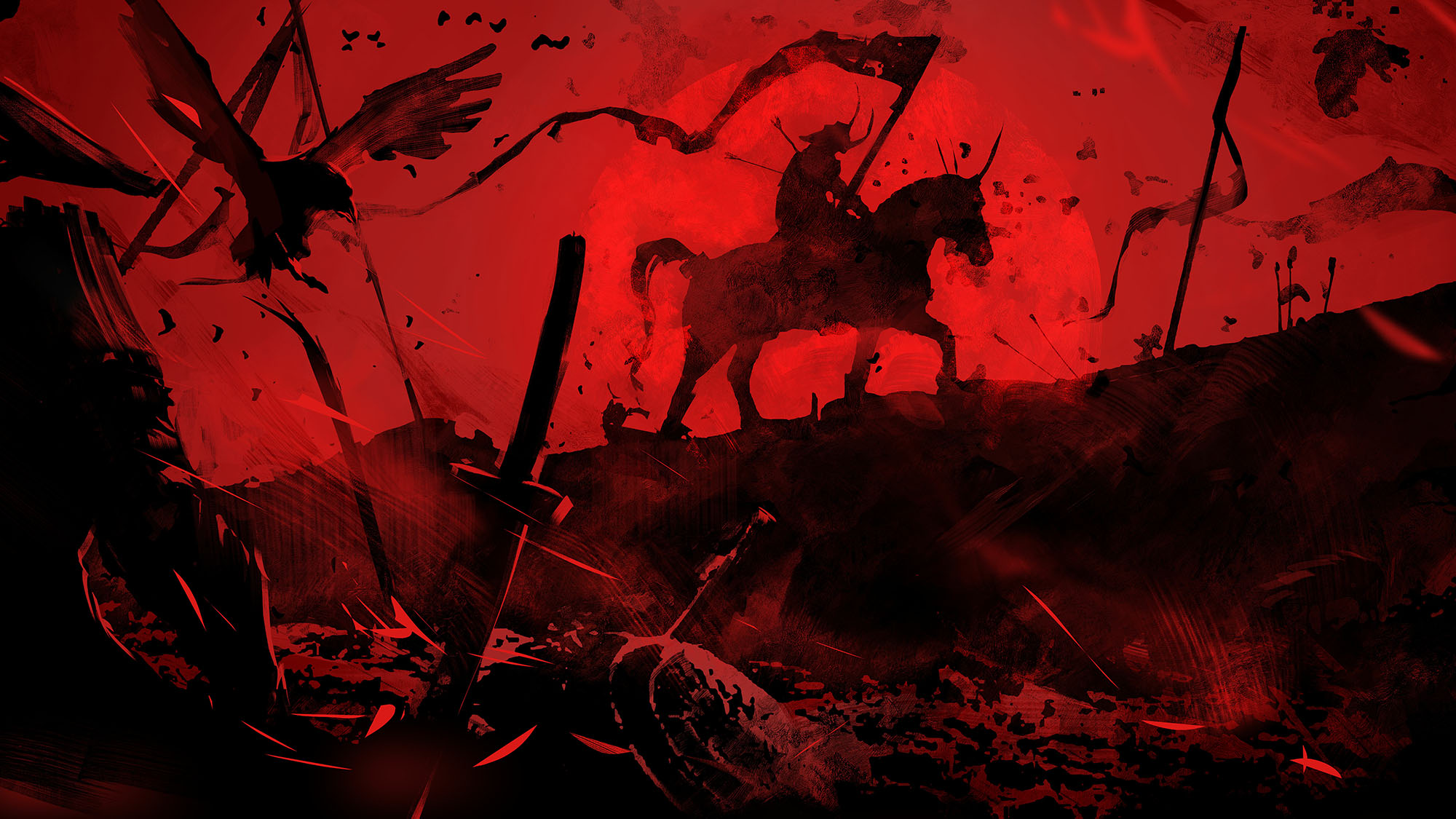
This is an unusual post.
After writing Part 5: Encounters of the 5e Hexcrawls series, I received feedback from readers that the post wasn’t clear enough and needed several points of clarification. I concluded it would also benefit significantly from some substantive examples of the system in practice.
Which is, of course, what you’ll find below.
This material has been added to the original article (linked above, but I also didn’t want people who had already read the original article missing this update). So this post is being posted… and is also immediately completely redundant.
So if you haven’t read the original article, you should just do that now and skip the rest of this. Otherwise, read on!
EXAMPLE: SAMPLE ENCOUNTER TABLES
Location Check: 1 in 1d6
Encounter Check: 1 in 1d10
Border Encounter: 1 in 1d20
| Encounter | ||||
|---|---|---|---|---|
| Lizardmen (hex A10, A13) | ||||
| Tree trolls (hex C13) | ||||
| Adventurers | ||||
| Ghouls (hex A12, E9) | ||||
| Zombies (hex E9) | ||||
| Bat swarm | ||||
| Jungle bear (hairless, use black bear stats) | ||||
| Carrion crawlers | ||||
| Giant leech | ||||
| Orcs (hex B7) | ||||
| Wild boars | ||||
| Tyrannosaurus rex |
Note: I indicate hexes which are already keyed as potential lairs for this creature type. This can inform the nature of wandering encounters and/or suggest a potential origin/terminus for tracks.
This table uses several advanced rules. When rolling an encounter, I would simultaneously roll a 1d6, 1d10, and 1d20 for each watch.
If the 1d6 result is a 1 (indicating a location encounter), it would indicate that the PCs have found the keyed location in the hex. If I’m not using simultaneous encounters, I would then ignore the other dice rolls (the location check “overrides” them; you could also just roll the 1d6, then the 1d10, then the 1d20, but that’s not necessary and is more time-consuming).
If the 1d10 check indicates an encounter, then you’d check the 1d20 roll to see which encounter table you should be rolling on. (You could also theoretically roll 2d20 of different colors, allowing you to immediately identify what type of encounter.)
With an encounter identified, you would then check % Lair, % Tracks, and # Appearing (although you don’t need to check for tracks if a lair encounter is indicated). Lairs and tracks are also exploration encounters, so if those are indicated when the party is resting, you can treat the encounter check as having no result and the watch passes quietly.
This is, of course, a fairly complicated example featuring a lot of the advanced rules all being used simultaneously. For a much simpler resolution you could just roll 1d12 (1 = wandering encounter, 12 = location encounter), roll 1d20 on the wandering encounter table (if a wandering encounter is indicated), and then the number of creatures appearing.
DESIGN NOTE: PROCEDURAL vs. DESIGNED ENCOUNTERS
A procedural encounter will usually generate one or more general elements. (For example, 1d6 friendly orcs.) As described in Breathing Life Into the Wandering Monster, the expectation is that the DM will contextualize this encounter. In other words, the procedural encounter is an improv prompt for the DM to create the encounter (often combined with a simulationist element of modeling, for example, what kinds of monsters lurk in the Darkovian Woods).
A designed encounter, on the other hand, is far more specific: You’re essentially prepping the material that you would improvise with a procedural encounter.
The Principles of Smart Prep maintain that you generally shouldn’t prep material that can be just as easily improvised at the table, so generally speaking I would describe most designed encounters as being training wheels for DMs who aren’t confident improvising encounters from procedural prompts yet. (There can be a number of exceptions to this, but they’re pretty rare in actual practice, in my experience.)
In other words, designed encounter tables typically result in a lot of wasted prep. They also get used up (a procedural encounter can be used over and over and over again to varying results; a designed encounter is specific and generally can’t be repeated). This creates gaps in your encounter table and a need to frequently restock them.
(Procedural-based encounter tables will also need to be tweaked or restocked from time to time – if the PCs wipe out the goblin village, it may result in no further encounters with goblins – but this is very rare in comparison.)
DESIGN NOTE: SETTING LAIR/TRACK PERCENTAGES
In designing your encounter tables, the % Lair and % Tracks values can be set arbitrarily. For a quick rule of thumb, use Lair 20% (or Nil for animals that don’t really have lairs) and Tracks 40%.
Older editions actually included values for one or both of these stats in their monster entries, so for some creatures you may be able to reference those older resources.
A gamist tip here is to increase the % Tracks value based on difficulty: If there’s a monster that’s a lot more powerful than everything else in the region, crank up the % Tracks so that the PCs are far more likely to become aware that it’s there than they are to run into it blindly.
A simulationist tip is to vary both numbers by a sense of the creature’s behavior. Here’s an easy example: How likely is a flying creature to leave tracks compared to a woolly mammoth? (See Hexcrawl Tool: Tracks for thoughts on what types of tracks a flying creature would leave.)
A dramatist tip is to think about how interesting each type of encounter is for each creature type. Is a ghoul lair more interesting than running into a pack of ghouls in the wild? If so, crank up the ghoul’s % Lair.
The last thing to consider is that, as noted above, a Lair encounter will generally add a new location to the current hex. The higher you set the % Lair values on your encounter tables, the more often this will happen and the quicker areas of your campaign world will fill up with procedurally generated points of interest.
Conversely, how comfortable are you improvising this type of content? It’s good to stretch your creative muscles, but it may make more sense to keep the % Lair value low until you’ve gotten more comfortable with pulling lairs out of your hat.















